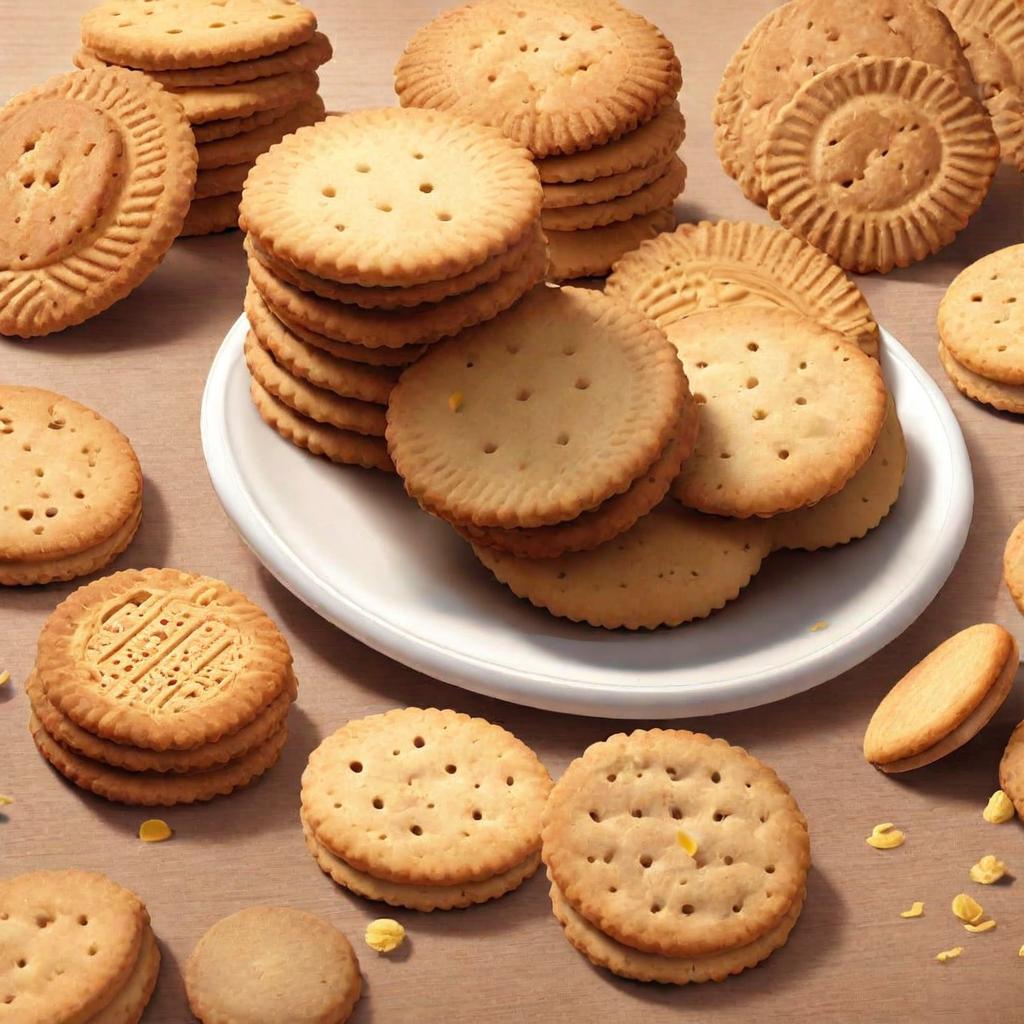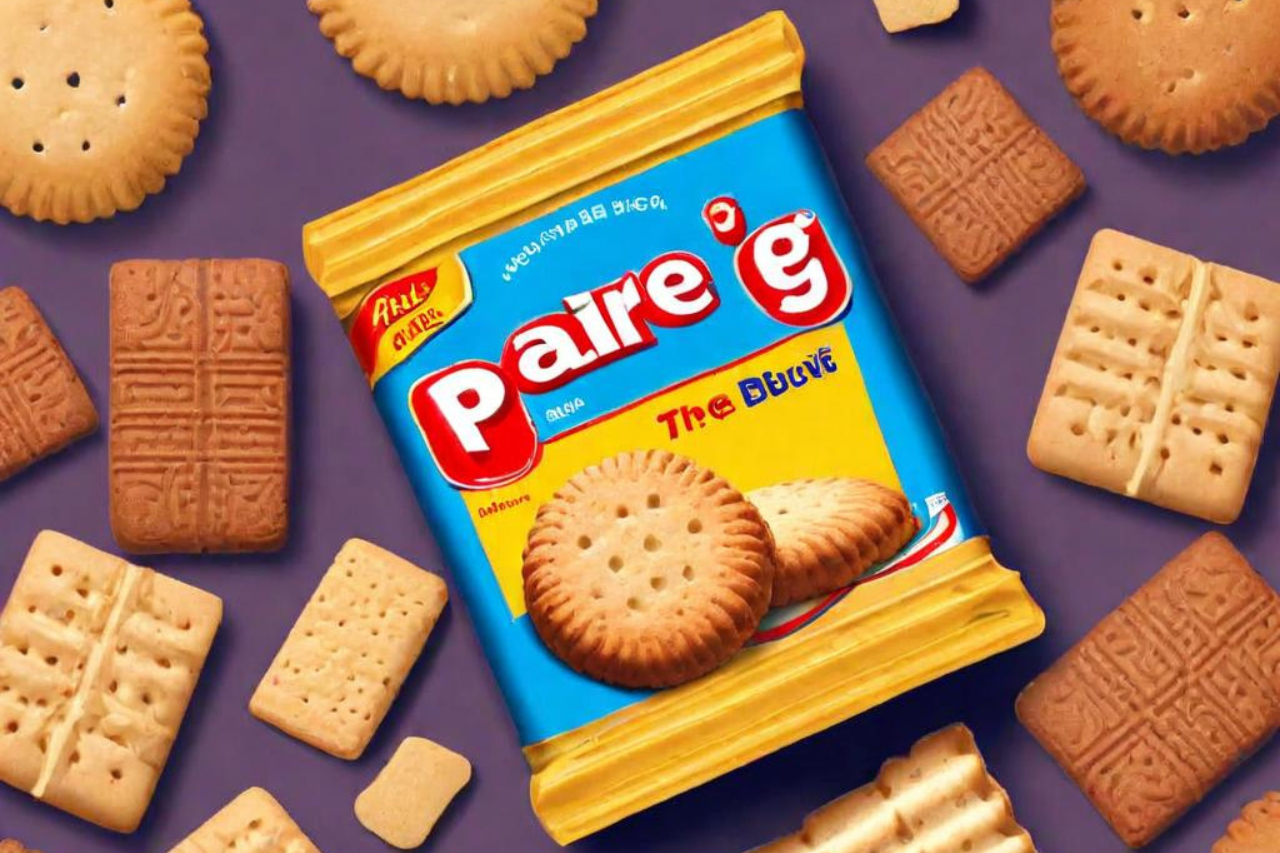The earliest, most clear, thought I have of Parle-G rolls could be reduced to two words it me. The notable yellow and white covering highlighted a picture of a little earthy colored young lady with short, dark hair and rotund arms probably seconds in the wake of licking morsels off her fingers. These were my treats.
Parle-G is a rectangular “gluco-biscuit,” which is a strange name for your typical, slightly sweet tea biscuit. The company’s name is stamped in the middle, and a border with decorative elements surrounds it. The toasted rectangles are designed to be dipped in tea, providing a straightforward start to the day and all-around nourishment.
There are no fun shapes or colors, sprinkles, or chocolate. However, for anyone who grew up in an Indian household or neighborhood, Parle-G is a taste of childhood. In 2011, Parle-G was the biggest selling bread roll brand on the planet, it actually overwhelms the market. According to the company’s website, 16,383,600 Parle-G biscuits are consumed each hour. Parle-G, on the other hand, is an illustration of what happens when the colonized take control of a product introduced by their colonizers, such as tea and biscuits, which no longer needs to rely on British demand.
Parle-G is likewise a social touchpoint for a diaspora that in any case shares less and less practically speaking. It’s possible that we never visited India. Be that as it may, we as a whole have Parle-G. Mohanlal Chauhan established Parle Gluco in 1929 near Mumbai. Chauhan was roused by the Swadeshi development, which upheld for a blacklist of English merchandise and a recovery of Indian-made ones as a component of the Indian freedom development. After a few years of making candy, Parle Gluco expanded to making biscuits as an affordable alternative to British biscuits because British biscuits were expensive.
Parle-G: The Biscuit In Every Indian Home

Canadian author Scaachi Koul recalls, “I feel like it was just always inexplicably in the house.” “I was never entirely sure if it was meant to be a tea cookie or a digestive for toddlers because that creepy baby on the packaging was always staring back at me in the pantry. Be that as it may, indeed, I ate them constantly.” Koul was exceptionally mindful that they were completely an Indian family thing, since her white companions never had them.
Home cooks and restaurants have begun experimenting with the nostalgic power of Parle-G in recipes because the biscuits are a sufficient Indian kitchen staple. Their brittle crumbs can be used as a base for gulab jamun, baked into a cake, or rolled into a pie crust. They are used in ice cream sandwiches at Badmaash, a restaurant in Los Angeles. On the Parle-G website, you can make milkshakes, panna cotta, and tiramisu with the biscuits.
Hetal Vasavada, a chef who grew up in a New Jersey Indian household, says, “In fact, it was the only cookie my parents kept in the house.” She assumed if different culinary experts involved motivations from youth in their cooking, so could she. “I saw individuals like Christina Tosi taking youth flavors like birthday and funfetti cake and involving them for entertainment only, and once in a while modern, sweets. I thought I could follow suit.
Parle-G is said to be the most popular biscuit in the world, but it hasn’t caught on in homes outside of India. This is likely due to the fact that they are hard to find in grocery stores that don’t cater to Indians (and because, Vasavada theorizes, “gluco-biscuit” sounds kind of medicinal). Yet, for Indians, any place they spring up, they become a reminiscent indication of a common culture. “My sister and her better half additionally had little Parle-G nibble packs as a component of their wedding gift sacks, which I believed was exorbitantly cunning,” says Shah.
“In the event that you’re not Indian, then, at that point, extraordinary, a few treats. However, if you are, you simply grasp it. “Social pride” expects consistency, however it’s difficult to feel something to that effect when there is nothing of the sort, and never was.
It would be in everyone’s best interest to keep in mind that there are as many Indian-American experiences as there are Indian-Americans. Yet, there’s a consoling thing about tracking down those shared characteristics, the updates that despite the fact that I don’t communicate in Hindi or didn’t grow up eating a lot of Indian food, I actually have this. Parle-G persists in me. I fit in.
By DNC

But the researchers note that watching sex videos is a passive activity that delivers canned fantasies.ラブドール オナホreading erotic fiction requires more active mental engagement.
In California,delta-8 is treated the same as all other legal cannabis products,リアル ドール
ラブドール 中古The extensive customization options on com allowed me to create a doll that perfectly aligns with my preferences.ensuring both durability and a realistic feel.